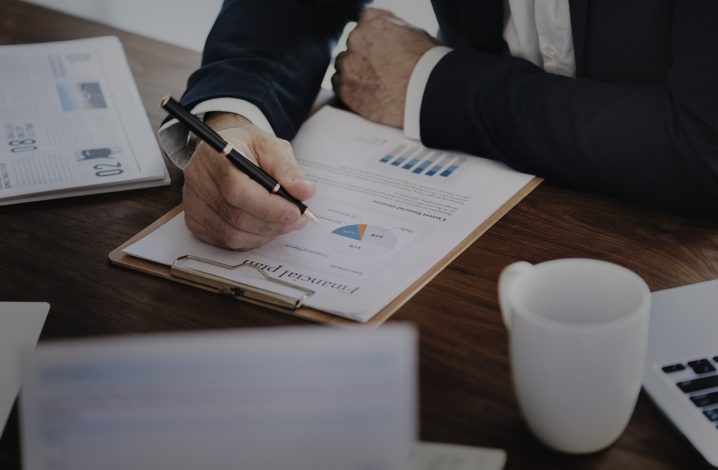
The practical lesson reports are essential to ensure greater learning and fixation of the content acquired in this type of activity. Often, we teachers are concerned about doing a different practice class and rich in content. However, our students often see that moment as a simple “out of the classroom” class. Given this view that practical class is not content, it is important to create strategies that guarantee learning.
One of the main ways to ensure that students become aware that timing is an important stage in setting content is by conducting practical lesson reports. However, it is essential that these reports are well structured and that encourage the student to attend the class.
What we often see is that the reports are restricted to the explanation of the experience or the description of what has been seen in the room. This leads students to create very simple reports, since they do not take into account scientific knowledge, based solely on personal opinions.
To instruct your students to produce a quality, practical class report, some key points should be taken into account, such as: introduction, objectives, materials and methods, results and discussion, conclusion, and bibliography. If you work with cheap and professional essay writing service Cheapessay.net, you can get good work from us easily.
When you don’t have enough resources to do all the reports yourself, visit their site.
Introduction: In this part, the student should make searches about the content that will be approached in the class and create a kind of summary about the theme. It is essential to consult books and reliable sources on the internet.
Objectives: The student should focus on responding to what is intended with that class. In a lesson on the respiratory system, for example, the student is expected to visualize and identify the main organs of this system, which is therefore the purpose of the lesson. Materials and methods: At this point in the report, the focus is given to the applied methodology and to all equipment and instruments used to carry out that class. Using the previous example, the materials would be gloves, tweezers, scalpels and the anatomical piece. When it comes to an experiment, all steps of the procedure should be described. It is important to stress that the lesson script should not be copied in its entirety and should serve only as a form of guidance. Another key point is to write the materials and methods so that anyone can do the activity again using the explanation as a guide.
Results and discussion: When arriving at this topic, the student should write all the results obtained in the class, making a relation with the theoretical knowledge acquired. At this point, you can highlight all the mistakes made during the process and what was done to solve the problem. At this point, graphs, figures and diagrams can be inserted to illustrate what has been seen. If you prefer, these items may be attached at the end of the report.
Conclusion: the student is expected to describe what has been learned and achieved with the practical class held. It is essential that the conclusions are not copies of other materials, but rather made by the student himself.
Bibliography: the student should put the name of the books and websites used to carry out the activity. The rules for making reference to the material used should be indicated by the teacher.
With the completion of this simple report, the student will be able to have a broad view of the class held and theoretical background to discuss the results. Thus, the lesson will not only be the demonstration of a structure or a process.
It is important to produce knowledge in each activity performed, but for this, it is essential that the teacher also program. Before taking the class, define your objectives and the methodology to be applied, as this will help the student in the report.



